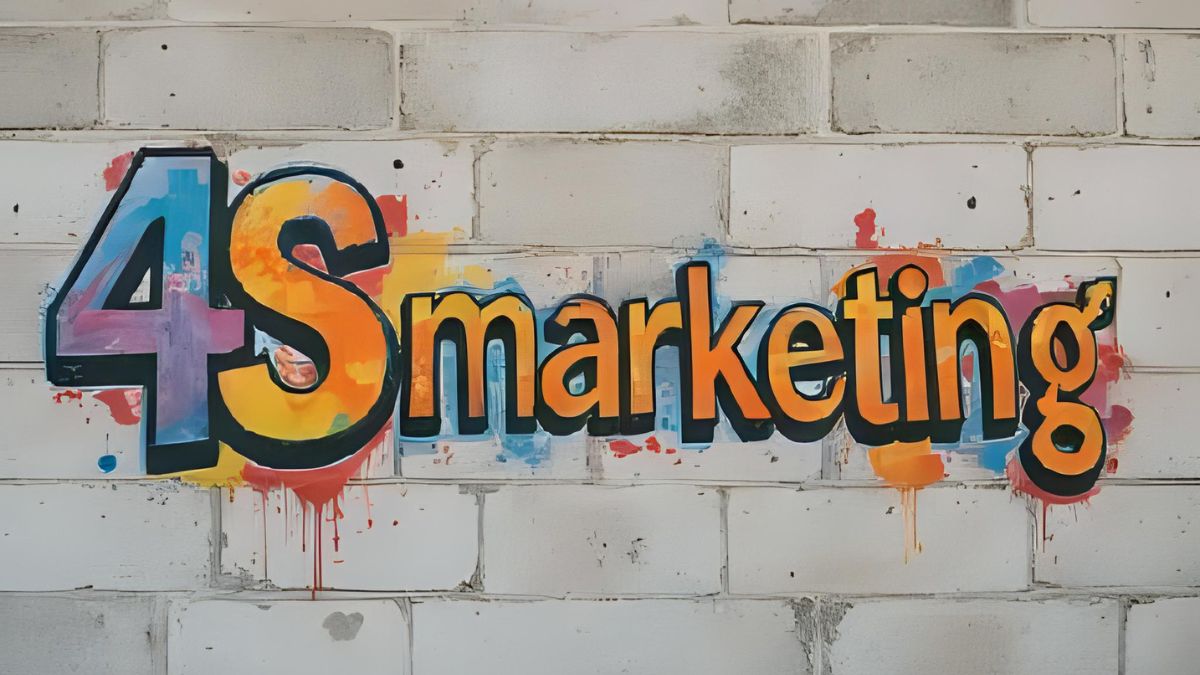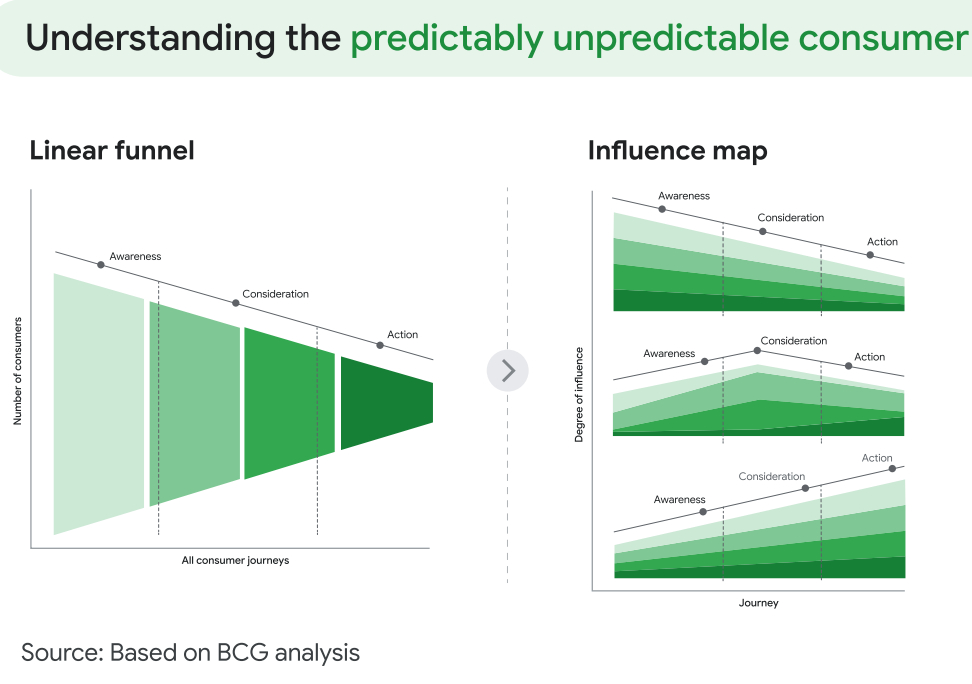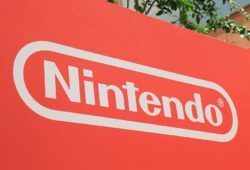
What are the 4S of marketing and how do they work in a strategy? Consumer behavior has radically changed in the digital age, and consequently, marketing strategies must evolve as well. This is the warning from the Google Summer Essentials 2025 report, which emphasizes that at the center of this transformation lies a key concept that all Chief Marketing Officers (CMOs) should understand: the 4S of modern marketing.
READ ALSO: Goodbye funnel! Influence maps, the new marketing according to Google
According to Google’s premise, understanding the 4S is essential to designing more effective campaigns, optimizing budgets, and creating relevant experiences for consumers.
What are the 4S of marketing according to Google?
The 4S of marketing identified by Google represent the four simultaneous behaviors that define the current digital consumer journey:
- Search
- Stream
- Scroll
- Shop
These actions do not occur sequentially but rather in parallel and fluidly. Today’s consumer does not follow a linear path from discovery to conversion. Instead, they search for information while watching videos, browse social networks while comparing products, and shop while streaming content.

Why are the 4S key to understanding today’s consumer?
According to Google’s report, consumers interact with more than 130 mobile touchpoints daily, not counting other devices like smart TVs, laptops, or smartwatches. This fragmentation of attention means that consumers are not tied to a single channel or a fixed consumption sequence.
For example:
- A user may search for product reviews on Google Search while watching a YouTube video on the same topic.
- While scrolling on Instagram, they might find a deal that leads them to shop on an online store.
- While listening to a podcast on Spotify, they might receive a low-price alert for a product they were tracking.
This hyperconnected ecosystem means CMOs must understand how to capitalize on each of these interactions to maintain relevant presence across all touchpoints.
What does each S represent in marketing strategy according to Google?
🔎 1. Search
Search remains the primary gateway to resolve doubts, discover products, or compare prices. Google Search and its new features like AI Overviews enable more comprehensive responses integrated with recommendations, opening new opportunities for advertisers.
📺 2. Stream
Streaming content, especially on YouTube, dominates consumers’ attention. More than 1 billion hours of content are watched daily on YouTube, making it an indispensable platform for visual and emotional marketing.
📱 3. Scroll
As users browse their social networks or favorite sites, scrolling is a constant activity. This is where brands can capture attention with short, interactive, and contextually adapted content, such as YouTube Shorts or social feed ads.
🛒 4. Shop
Finally, the consumer makes a purchase. But shopping is no longer the end goal; it is part of an iterative process intertwined with the other three S’s. That’s why Google proposes features like clickless shopping, where AI can assist the user in tracking prices and automatically executing purchases when predefined conditions are met.
Why should CMOs know and master the 4S?
Knowing the 4S is not just relevant; it’s urgent. A marketing strategy that sticks to a single channel or plans based on a rigid funnel is destined to lose efficiency.
Benefits of integrating the 4S:
- Better allocation of advertising budgets: investing in the channels where the consumer actually is.
- Personalized and contextual messages: adapting to the user’s specific moment.
- Increased conversion rates: by eliminating friction between interest and action.
- Brand building across various formats: from YouTube tutorials to short posts on social media.










